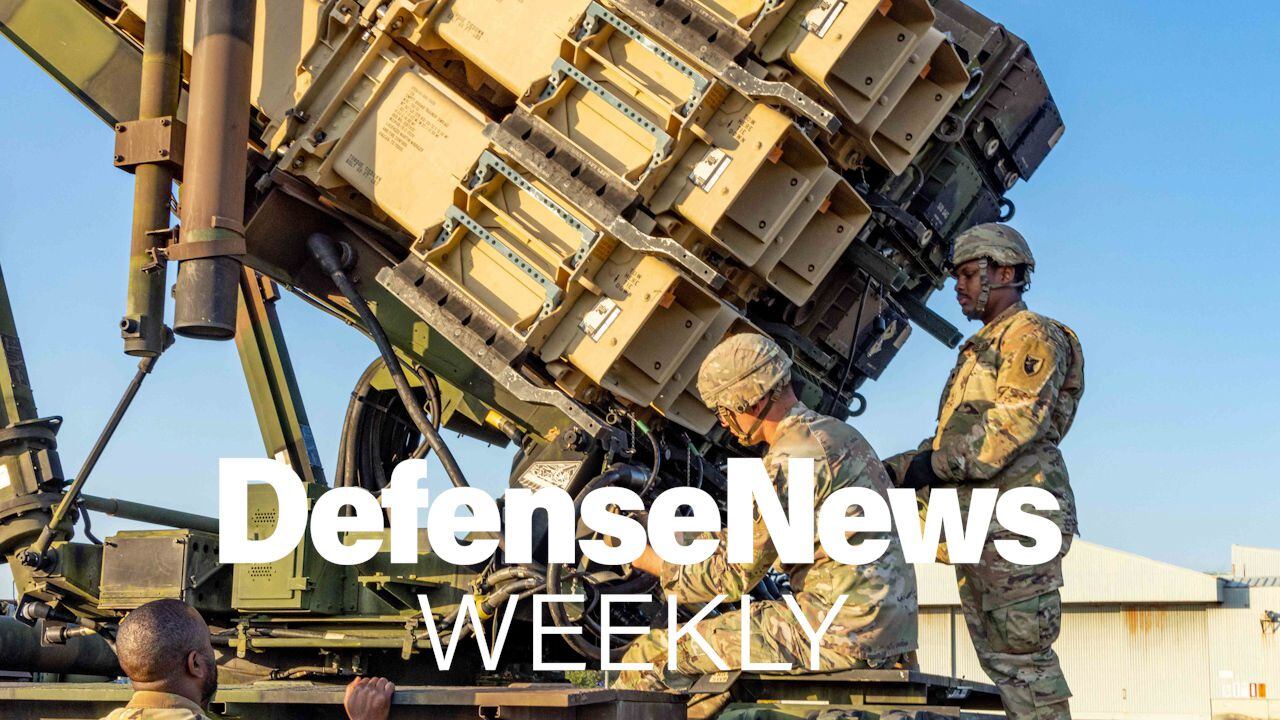The Army stood up cyber electromagnetic activity cells that can — by way of challenging capabilities integration work — operate effectively at the tactical level, the cyber director in the Army's G-3/5/7 division said. Among the key challenges, however, is working through some of the bureaucratic hurdles.
The structure of the cyber electromagnetic activity cells is key to the concept.
"Looking at the integration of cyber electronic warfare information operations, and if you were actually deployed in a joint fight, you would also include psychological operations, a lot of different information capabilities into that cell," Brig. Gen. Patricia Frost said at the CyberCon conference hosted by Federal Times and C4ISRNET in Washington on Wednesday. "So it's looking at understanding that each of these capabilities bring a different line of authorities [influencing] how you can actually execute operations."
The Army plans to push the envelope in terms of getting the right policies in place, Frost said. For instance, clearance to have access to certain intelligence or information at the right echelons so commanders can make appropriate decisions in the cyber battle space is something to be examined differently, she added.
"Right now we are very stovepiped" when it comes to having clearances, she said. "How do we break some of those barriers down to get at the capability required of the commander?"
Frost said there’s been some headway in crafting policy to operate more seamlessly because of the pressing cyber and electronic warfare (EW) threats out there.
The cyber EW cells are helping to foster the discussion in the Army to ensure the right systems, processes and methodologies are in place, and exercises are now being conducted to achieve that.
While ensuring that integration occurs where it makes sense, there is still a "uniqueness" to EW, information operations and cyber, Frost said. Each bring different attributes to the fight that needs to be acknowledged, she added.
Jen Judson is an award-winning journalist covering land warfare for Defense News. She has also worked for Politico and Inside Defense. She holds a Master of Science degree in journalism from Boston University and a Bachelor of Arts degree from Kenyon College.








